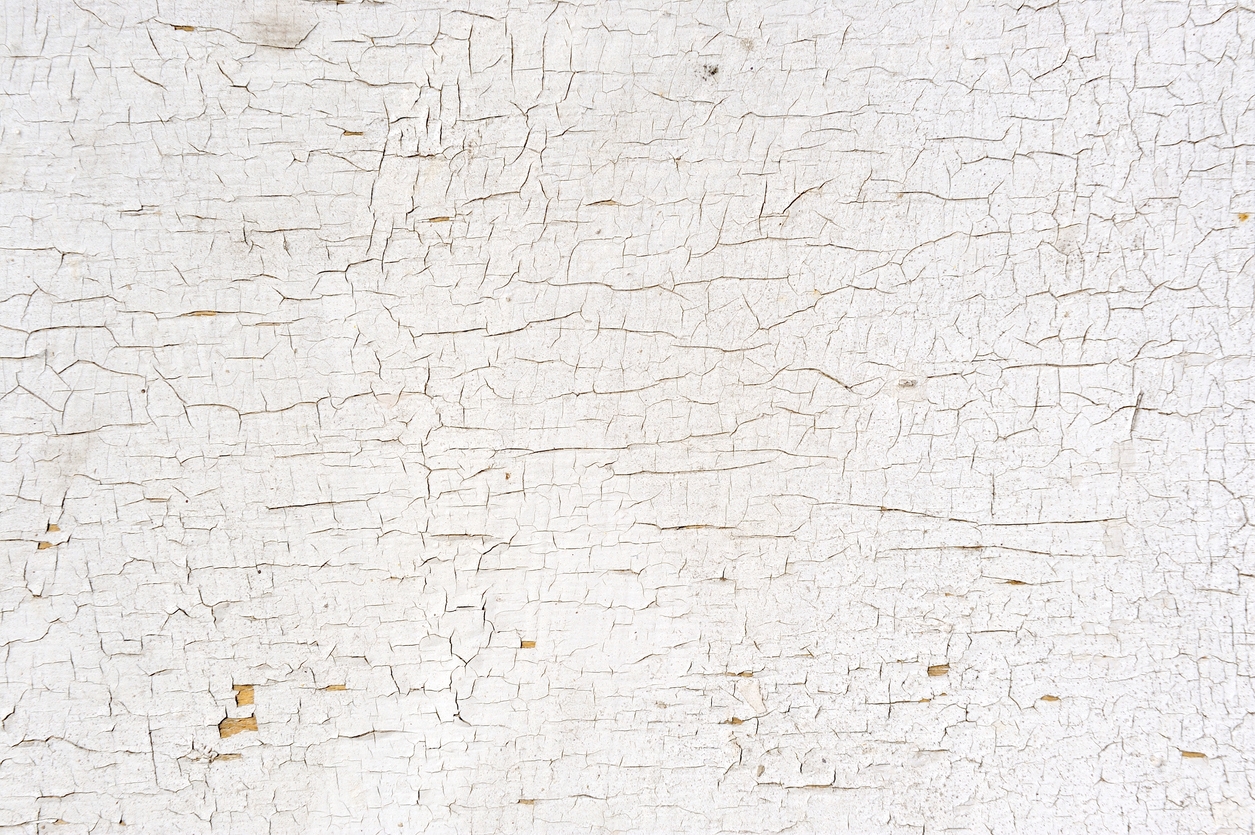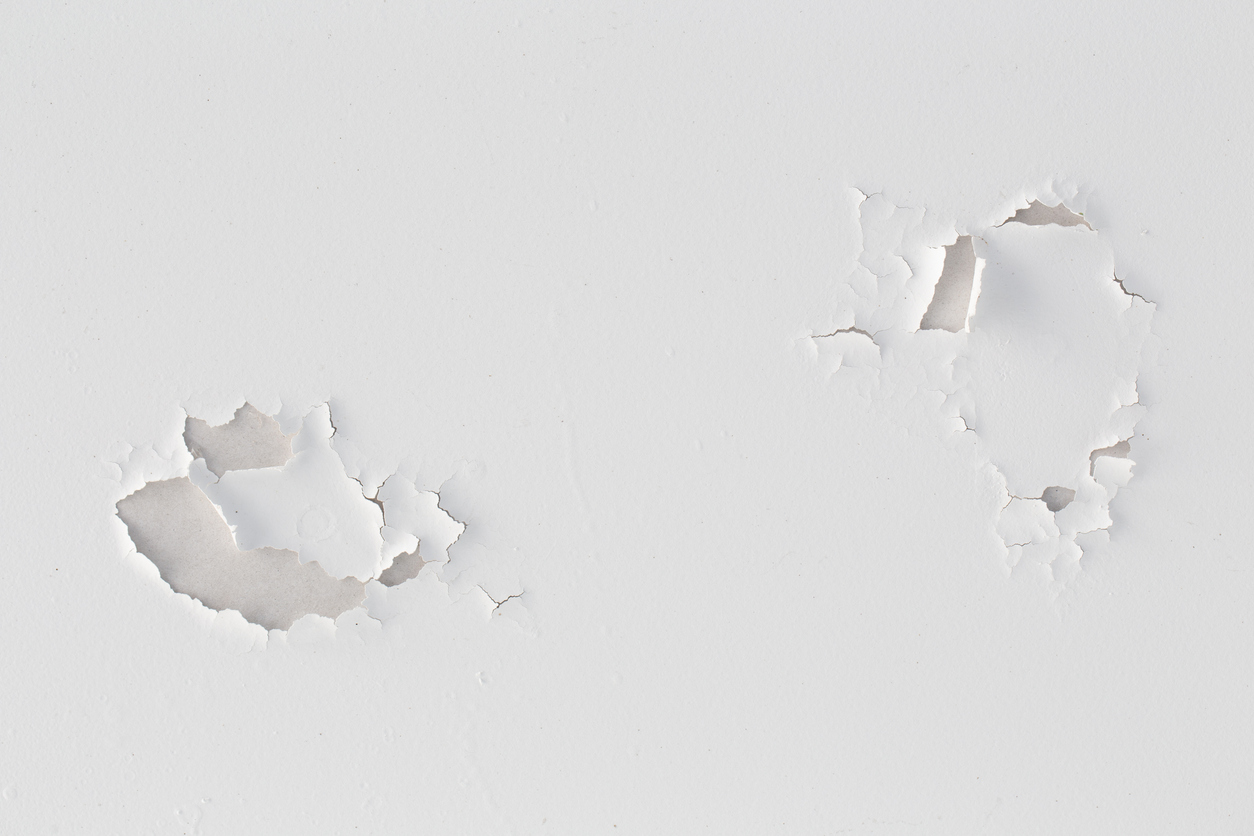Interior painting is a cost-effective way to upgrade and enhance the look of a living space. Any DIY home improvement enthusiast can paint the interior walls as long as there’s the right planning, the correct paints and tools, and a handful of expert tips.
One reason to repaint interior walls is to fix the present surface errors. Although interior surfaces are not exposed to elements like rain and sunlight as the exterior surfaces are, they also have distinct issues that can mar the results of a paint job.
But as we say, every problem has a solution! If you’ve been painting for a while, read on and learn about paint errors and how to address them.
Common interior paint errors
Here’s a list of common interior paint defects and their solutions:
1. Blistering (bubbles on the surface)
Blistering occurs when the paint film detaches from the underlying surface. The loss of adhesion can be attributed to extreme heat, damp surface, inadequately prepared surface, or a combination of the issues.
- Causes:
- Painting on a damp or wet surface.
- High humidity or excessive moisture in the room.
- Poor surface preparation or painting over dirt or grease.
- Solution:
- Scrape off the blistered paint and sand the surface.
- Ensure the surface is clean and dry before repainting.
- Use a primer suitable for the substrate to improve adhesion.
- Avoid painting in high humidity or extreme temperatures.
2. Cracking or flaking
While cracks may be small and not noticeable at first, they can go a lot worse to the point that dry chips of paint start to fall off the surface.
- Causes:
- Applying paint too thickly.
- Using low-quality paint.
- Poor surface preparation or applying paint over an unstable surface.
- Solution:
- Remove loose or flaking paint by scraping or sanding.
- Smooth and prime the surface before repainting.
- Apply thin, even coats of high-quality paint.
3. Chalking (powdery residue)
Chalking is another common interior paint defect where the film deteriorates, leaving a chalky or powder residue on the surface.
- Causes:
- Natural degradation of paint over time.
- Using interior paint on exterior surfaces or vice versa.
- Solution:
- Wash the surface thoroughly to remove the chalking.
- Use a primer to seal the surface if needed.
- Repaint using the correct type of paint for the area.
4. Peeling
Peeling is a common problem, especially in old homes. If you see old paint curling away from the walls, it’s time to give them suitable prep work and a fresh coat of paint.
- Causes:
- Poor adhesion due to an unclean surface or painting over damp areas.
- Lack of primer or applying paint over glossy surfaces without sanding.
- Solution:
- Remove peeling paint and sand the edges smooth.
- Clean the surface and let it dry completely.
- Apply an appropriate primer before painting.
5. Efflorescence (white salts on the surface)
Efflorescence is the appearance of white, powdery salt deposits on the surface of walls or paint, caused by moisture drawing salts from within the material to the surface.
- Causes:
- Moisture moves through walls, bringing salts to the surface.
- Inadequate waterproofing or sealing of surfaces.
- Solution:
- Identify and fix the source of moisture.
- Scrub off the efflorescence with a stiff brush and water.
- Apply a waterproofing primer before repainting.
6. Staining
Staining is another common problem that makes your walls or ceilings look unpleasant. You must address this issue as early as possible.
- Cause:
- Water leaks, nicotine, or other contaminants bleeding through the paint.
- Solution:
- Identify and repair the source of the stain (e.g., fix leaks).
- Clean the stained area thoroughly.
- Use a stain-blocking primer before repainting.
7. Sagging or drooping paint
One of the common mistakes, especially among DIY home painters, is applying paint that’s too thick or painting in excessively cold or humid conditions. Airless paint spraying with the sprayer too close to the surface being painted or moving the sprayer too slowly can also result in this issue.
- Cause:
- Applying paint too thickly.
- Painting in humid or cold conditions.
- Solution:
- Sand the sagging areas smooth once the paint dries.
- Repaint using thinner, even coats.
- Allow proper drying time between coats.
8. Alligatoring (cracked pattern resembling alligator skin)
If you use oil-based paint, it may have lost its elasticity over time, leading to cracks that resemble alligator scales. Although alligatoring can also happen with latex paints, this issue is more common with oil-based paints.
- Causes:
- Apply a second coat over a partially dried first coat.
- Using incompatible paint types (e.g., oil over latex).
- Solution:
- Remove the cracked paint completely by scraping or sanding.
- Prime the surface with a suitable primer.
- Apply a compatible paint in thin, even coats.
9. Mildew growth
Mildew grows on interior paints in areas with high humidity, poor ventilation, and insufficient sunlight, especially if the paint lacks mildew-resistant properties or is applied over unclean surfaces.
- Causes:
- High humidity and poor ventilation.
- Painting over existing mildew without cleaning.
- Solution:
- Clean the affected area with a mildew cleaner or a mix of bleach and water.
- Allow the surface to dry completely.
- Use mildew-resistant paint for repainting.
10. Brush or roller marks
This is a common problem, especially among beginners, DIYers who want to scrimp on materials, or those who hurry the paint job by applying the paint too quickly or unevenly.
- Causes:
- Using low-quality brushes or rollers.
- Overbrushing or uneven pressure during application.
- Solution:
- Sand the surface lightly to remove visible marks.
- Use high-quality brushes or rollers designed for the paint type.
- Apply the paint in smooth, even strokes, avoiding overworking the surface.
11. Flash or shiny spots
Flashing refers to uneven gloss or shiny spots on a painted surface, resulting in an inconsistent finish.
- Cause:
- Uneven absorption of paint on porous surfaces.
- Skipping primer on porous surfaces.
- Painting over a dirty or greasy surface
- Uneven application, such as thin or missed coats
- Using mismatched paints or poor-quality products
- Solution:
- Apply a primer to even out surface porosity before repainting.
- Use a high-quality paint with good coverage properties.
- Use the correct tools for the paint type to avoid streaks.
- Allow proper drying between coats.
Parting words
These are some of the common interior paint problems. Addressing these defects promptly with the right techniques ensures a professional and long-lasting paint job.
If you need to repaint your home’s interior spaces, Custom Painting, Inc. can help. Call us at 925-294-8062 or use our contact form. Our team will visit your property, provide you with a free job estimate, and discuss your options.



